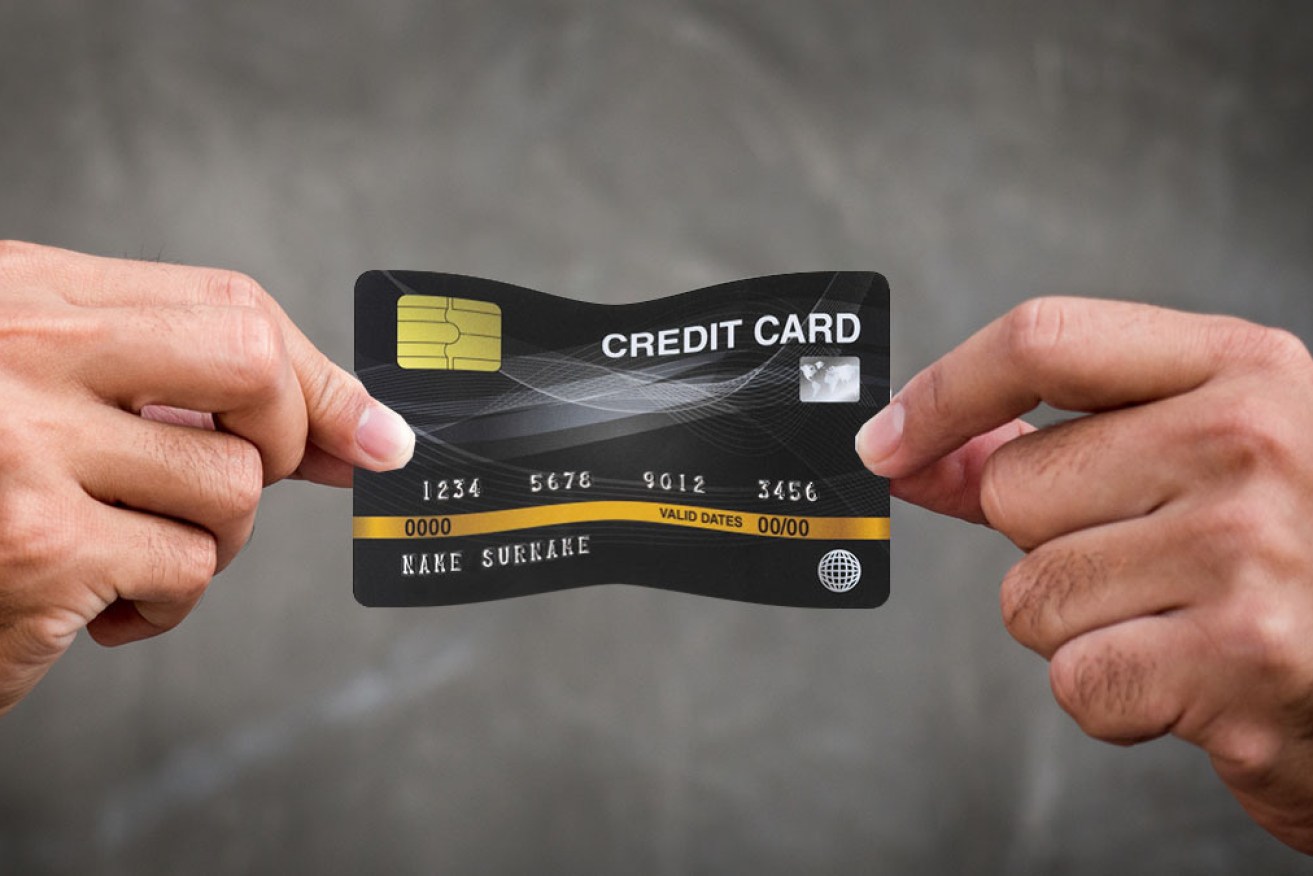Explainer: How to pay down debt in a recession


Financial advisers recommend first paying off debt with the highest interest rate. Photo: TND
Saving and paying down debt have become national pastimes as Australia enters its first recession in nearly three decades.
Amid revelations of a record economic contraction, household spending fell by $35.2 billion in the three months to June 30 while household savings rose by a whopping $42 billion.
Fitzpatricks Private Wealth certified financial planner Randall Stout said that meant Australians were doing the right thing and building up a financial buffer in uncertain times.
Here are three tips to help you do the same.
1. Fight the avalanche
There are two schools of thought when approaching debt repayment: The ‘snowball’ and the ‘avalanche’.
The ‘avalanche’ method involves making minimum repayments for all your debt, and funnelling any extra cash towards the debt with the highest interest rate, such as a credit card.
The ‘snowball’ method follows the same first step as above, but then focuses on paying off the smallest debts first, before moving on to larger sums.
The first method saves borrowers more money, as it reduces the total amount of interest paid.
But the second method is often more motivating, as borrowers see progress more quickly, which in some cases helps them stick to their goals.
Mr Stout said one strategy stands out as a clear winner.
“Start with producing your own personal balance sheet that lists all your debts and their interest rates, and then begin paying down the loan with the highest interest rate,” Mr Stout said.
“Personal credit card debt can have interest rates exceeding 20 per cent, but if you have the opportunity to take a balance transfer card with an interest-free period and focus on hammering down that debt, that’s certainly the way to go.”
Australians have paid down credit cards in record-setting amounts since the onset of the pandemic, with total balances outstanding on personal credit cards down $5.2 billion since March.
2. Shop around
Negotiating better deals with your lender and energy provider is another sure-fire way to save heaps of cash.
With average owner-occupier interest rates dropping more than 1 per cent since July 2019, home owners can save thousands of dollars a year by calling their bank, Mr Stout said.
“When interest rates are dropping, that is the time to increase your repayments if you’re in a position to do so,” he added.
“If you can drop your interest rate by [one] per cent and keep repayments the same, you’re going to clear that debt a lot quicker and it could be the difference in shortening your loan term by two years.”
Tweet from @TMFScottP
3. Write a plan
Drawing up a repayment schedule will help you reach the finish line much faster by keeping you on track.
“Making targets to clear debts over a specific timeframe – with set repayment amounts and discipline – can help make that debt disappear,” Mr Stout said.
“And especially if you’re younger and want to apply for a mortgage, try to steer clear of credit cards as your lender will be assessing your borrowing capacity more closely than ever.
“If you’ve got credit card debt, your bank will be unlikely to lend money to you as they recognise you’re spending more than you’re saving.”








